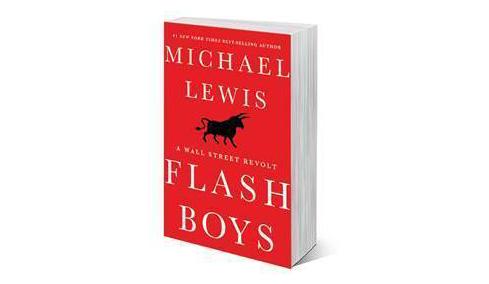11:35 AM
Dark Order Routing A Popular Option For Traders Seeking Anonymity
While dark, or nondisplayed, orders on traditional exchanges and ECNs are nothing new, they are taking on new importance. Nasdaq, NYSE Arca and the American Stock Exchange all offer some type of dark-order option.
"We route nondisplayed orders to Arca and Nasdaq all day long and our hit rate is dramatically higher than with the crossing engines," says Tim Reilly, managing director and head of North America electronic execution sales at Citigroup, adding that Citi's general hit rate in dark pools is about 10 percent. With nondisplayed orders, exchanges and ECNs offer payment for posting liquidity but the order is not quoted out to the market. On Nasdaq, for instance, all incoming order types can interact with these dark orders until the hidden order is filled at a specified price.
Reilly notes that Arca changed its policies to allow broker-dealers to enter nondisplayed orders, even large ones. "You can put a million shares out there and nobody can see it," he says.
Reilly sees the popularity of dark orders growing and even taking some volume away from the dark pools because of the economics of it. "They're paying you to post so it makes sense," he explains. "The original reason for going to crossing engines is still there — you want the anonymity but you can't wait two weeks to get the hit. So by embracing nondisplayed orders you get the anonymity, a massively higher hit rate and you're interacting with traditional order flow."
"Absolutely there is competition between exchanges and dark pools that are vying for liquidity," TABB Group senior analyst Jeromee Johnson adds. He says that nondisplayed orders are a big part of many trading strategies and that large broker-dealers are actively moving order flow away from crossing networks to take advantage of exchanges' dark orders. "The financials around it are enticing," he notes.




















